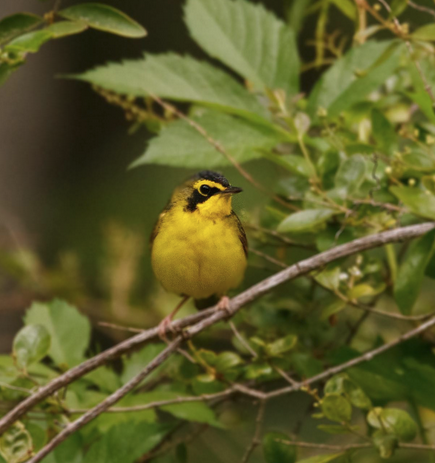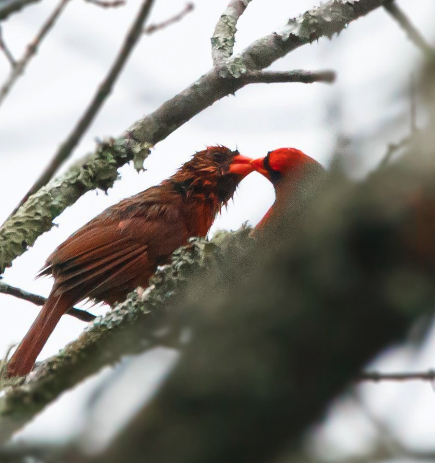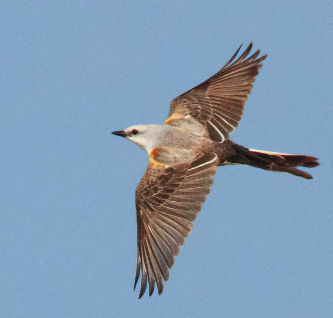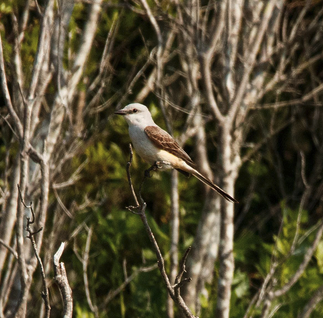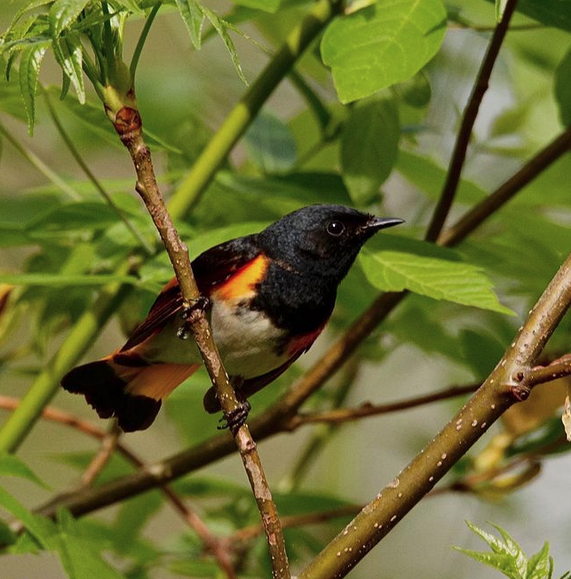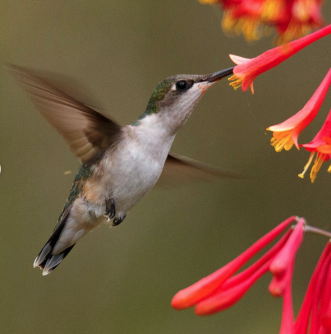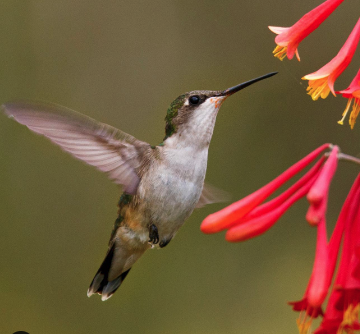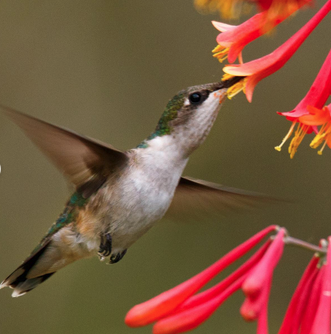By Sally Siko
One of my favorite species of birds to find in the Blue Ridge Mountains is the Canada Warbler. With that slate grey, black and bright yellow plumage pattern standing out in the tangled brush, it’s hard to ignore these tiny feathered dynamos as they flit from limb to branch.
Though they’re small (measuring about 14cm in length) Canada’s are relatively easy to find at higher elevations by listening to their loud calls which starts with a starts a chip, followed by a series of warbling notes that often ends on a higher pitch.

These handsome Warblers nest across the southern boreal region of Canada, from extreme southeastern Yukon to Nova Scotia, and south to the Great Lakes region, New England, and into the Appalachian mountains all the way down to Georgia. It’s neat to have a species like this calling the Tarheel state home during the summer.






When looking for Canada Warblers, investigate areas which provide their favored habitats of dark brushy cover in the understory layer of mixed deciduous forests along the higher elevations of the Parkway.
They are best found foraging in dense, dimly lit patches of rhododendron and mountain laurel.
Though they can be hard to spot at times, luckily Canada Warblers relatively common in the Blue Ridge so you should have multiple opportunities to see and photograph them if you take the time to search for these feathered gems.
Photos by @sally_siko of @bestlife_birding on my beloved full frame 50MP beast, the mighty @canonusa #5Ds

